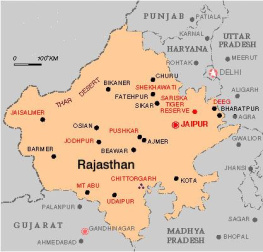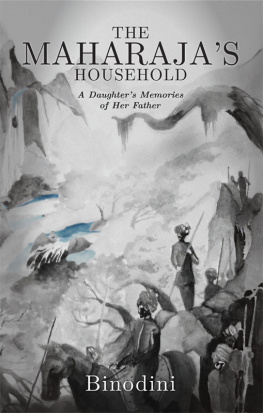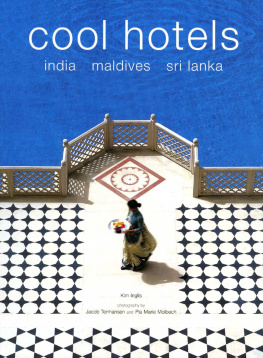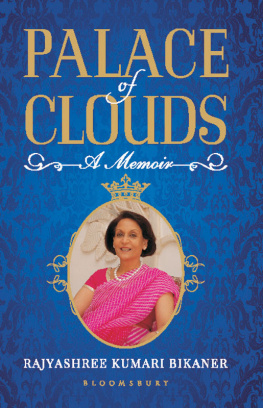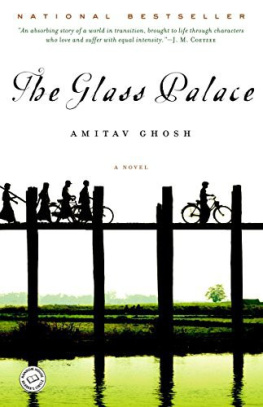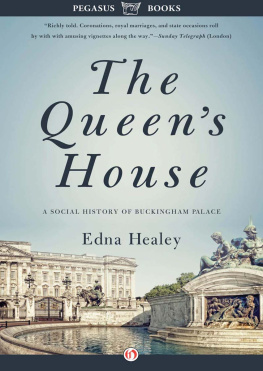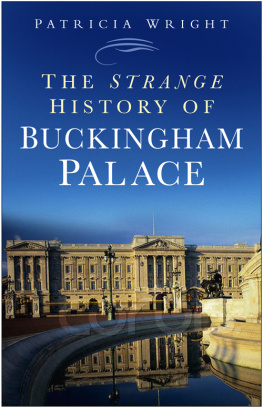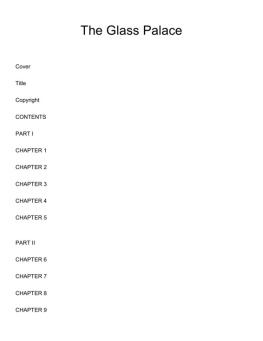Cheryl Bentley - A Guide to the Palace Hotels of India
Here you can read online Cheryl Bentley - A Guide to the Palace Hotels of India full text of the book (entire story) in english for free. Download pdf and epub, get meaning, cover and reviews about this ebook. year: 2013, publisher: Hunter, genre: Home and family. Description of the work, (preface) as well as reviews are available. Best literature library LitArk.com created for fans of good reading and offers a wide selection of genres:
Romance novel
Science fiction
Adventure
Detective
Science
History
Home and family
Prose
Art
Politics
Computer
Non-fiction
Religion
Business
Children
Humor
Choose a favorite category and find really read worthwhile books. Enjoy immersion in the world of imagination, feel the emotions of the characters or learn something new for yourself, make an fascinating discovery.
- Book:A Guide to the Palace Hotels of India
- Author:
- Publisher:Hunter
- Genre:
- Year:2013
- Rating:5 / 5
- Favourites:Add to favourites
- Your mark:
A Guide to the Palace Hotels of India: summary, description and annotation
We offer to read an annotation, description, summary or preface (depends on what the author of the book "A Guide to the Palace Hotels of India" wrote himself). If you haven't found the necessary information about the book — write in the comments, we will try to find it.
See India through the eyes of the maharajas, The maharajas no longer rule, but throughout India their magnificent palaces remain to delight the eye. Today, many have been turned into hotels, often still occupied and even run by the former royal families. This is a unique, candid guide to the best of them, from the Lalitha Palace in Mysore to the famous Lake Palace, once home to the maharaja of Travancore, and the Sariska Palace at the Sariska Tiger Reserve. Most are in Rajasthan, but palace hotels are described in all parts of India. The author has stayed in them all and she details every feature of interest: prices, the special history and flavor of each palace, what the rooms are like, the quality of service, even what to see in the surrounding area. Throughout the book are profiles of the royal owners, present and past, as well as interviews with several of the maharajas and their close family members. Color photos and maps throughout.
Cheryl Bentley: author's other books
Who wrote A Guide to the Palace Hotels of India? Find out the surname, the name of the author of the book and a list of all author's works by series.

